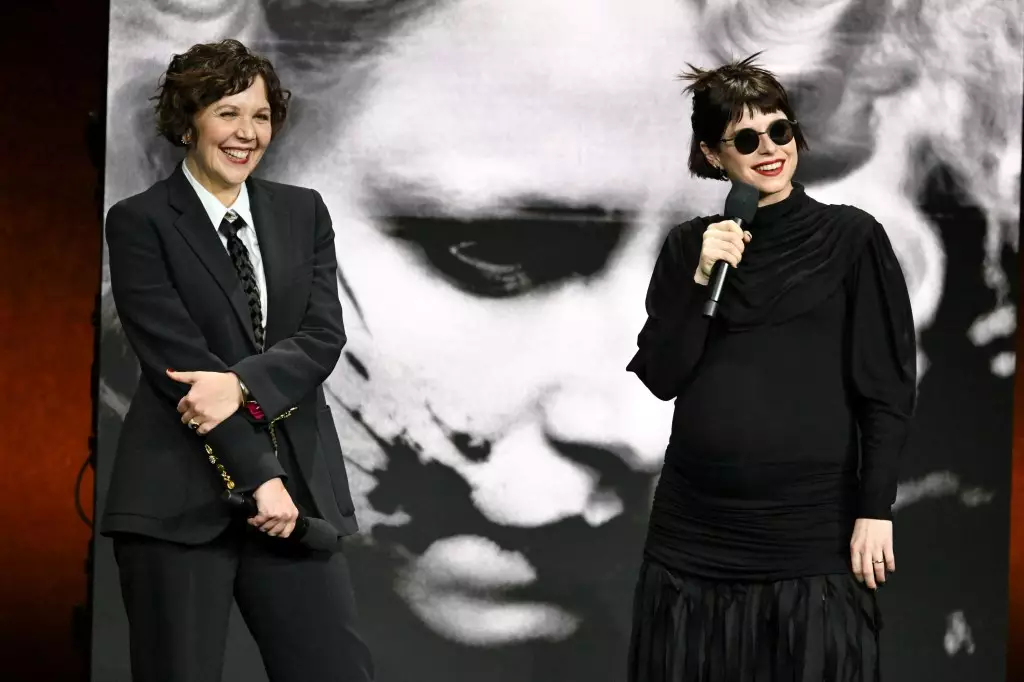Maggie Gyllenhaal’s forthcoming film, The Bride, is not merely a cinematic adaptation of the classic Frankenstein lore; it is an audacious exercise in showcasing the multifaceted nature of humanity through the lens of monstrosity. Set against the backdrop of 1930s Chicago, the film promises not just a thrilling narrative but also a provocative exploration of societal norms, as embodied by its characters. Jessie Buckley, who portrays the titular Bride, encapsulates the essence of this entangled tale of romance and tragedy.
Rethinking Love through a Monstrous Lens
The relationship between the Bride and her counterpart, Christian Bale’s monster, is infused with a sense of rebellion against conventional love stories. Buckley’s description that it’s “the punkest love that’s ever existed” elevates it beyond mere romance into something far more radical and challenging. Gyllenhaal’s artistic vision thrusts this unconventional relationship into the spotlight, forcing viewers to confront the dichotomy of love, betrayal, and societal expectations. This cinematic partnership serves as a relic of a romanticized reality while simultaneously tearing down the facade of fairy tales we are often fed.
Awe-inspiring Production Values
What sets The Bride apart from the plethora of horror flicks is its commitment to production scale and depth. The shift from Netflix to Warner Bros users reflects a critical belief in the film, a faith that has resulted in a substantial budget for an ambitious film shot in IMAX. This choice elevates the storytelling experience to a larger-than-life dimension, allowing audiences to immerse themselves in a world that’s visually captivating, yet macabre. By harnessing the power of modern technology while maintaining an historical aesthetic, The Bride promises both grandeur and intimacy—a difficult balance that Gyllenhaal seems poised to achieve.
Exploration of the Monstrous Within Us
In her articulation of the relationship between the Bride and her monster, Gyllenhaal suggests that there exists a monstrous element within every individual. This perspective challenges the audience to reflect on their own moral compasses—what makes one a hero or a villain? The central theme reverberates through every frame, hinting at an unsettling truth: we all have the capacity for monstrosity. It transforms contextual horror into a poignant social commentary that could possibly resonate with many viewers, especially those who see the world through a critical, center-right lens.
A Radical Shift in Telling Our Stories
In the currently polarized cultural climate, Gyllenhaal’s endeavor represents more than just a film; it’s a testament to the ways creative expression can challenge societal norms. By intertwining horror with social commentary, The Bride flips the script on traditional narratives. It stands as a declaration that unorthodox stories can reshape our understanding of love and identity. As Gyllenhaal continues to explore the spaces between heroism and monstrosity, we must anticipate her unique vision that promises to shake the foundations of cinematic storytelling while inviting audiences to wrestle with their preconceptions.

